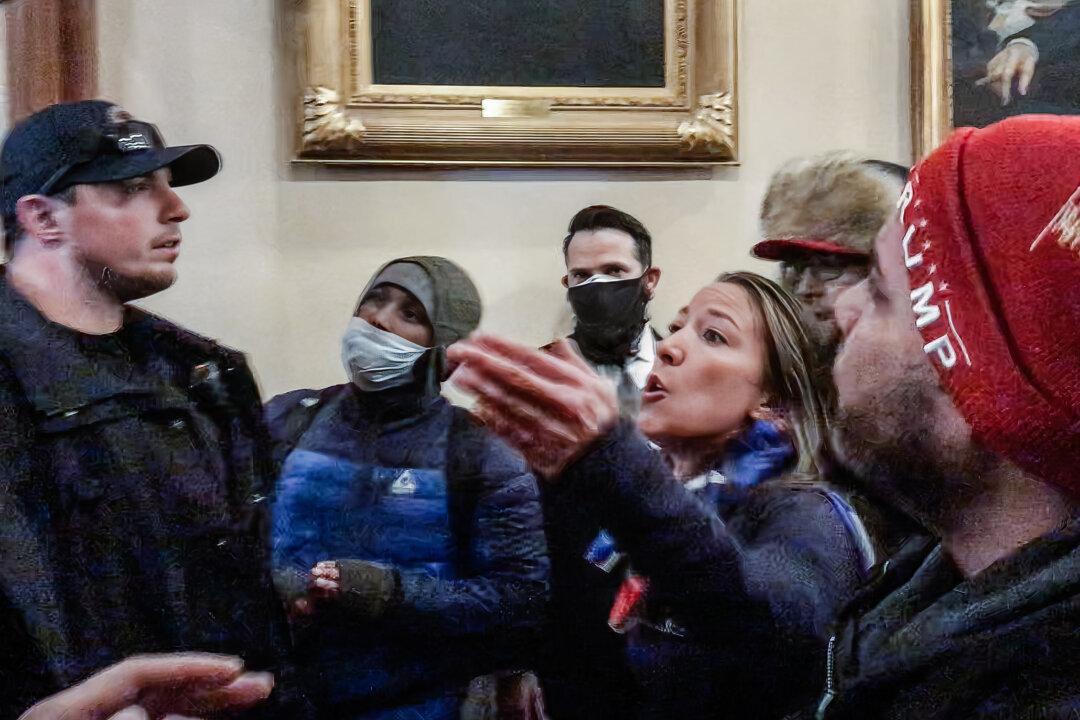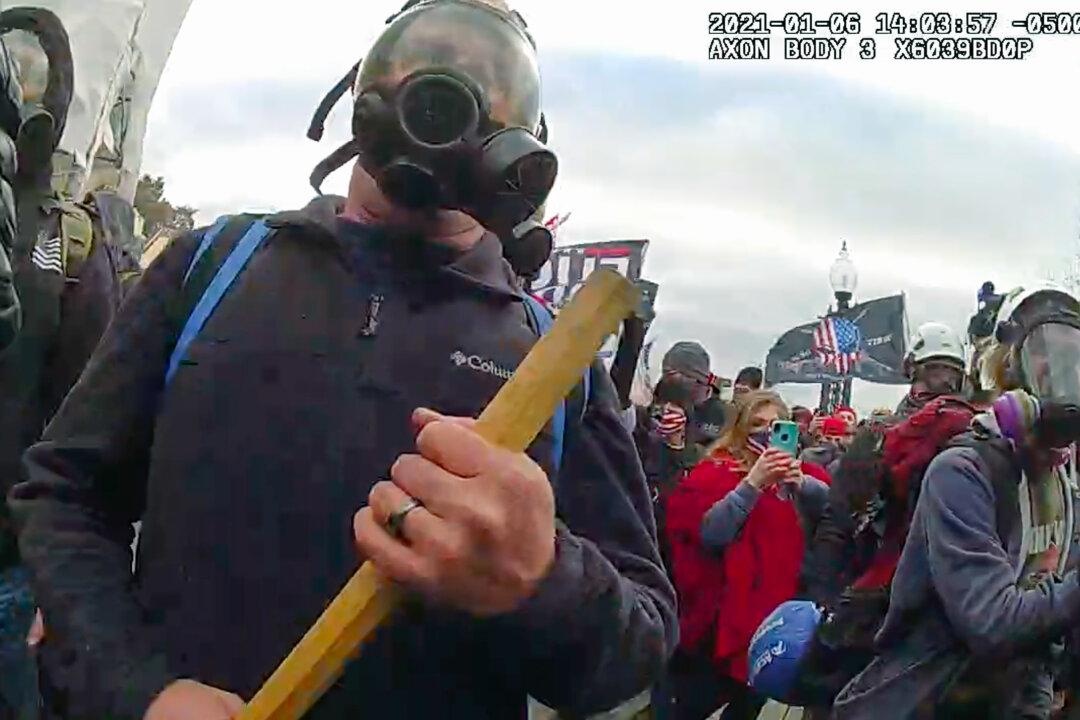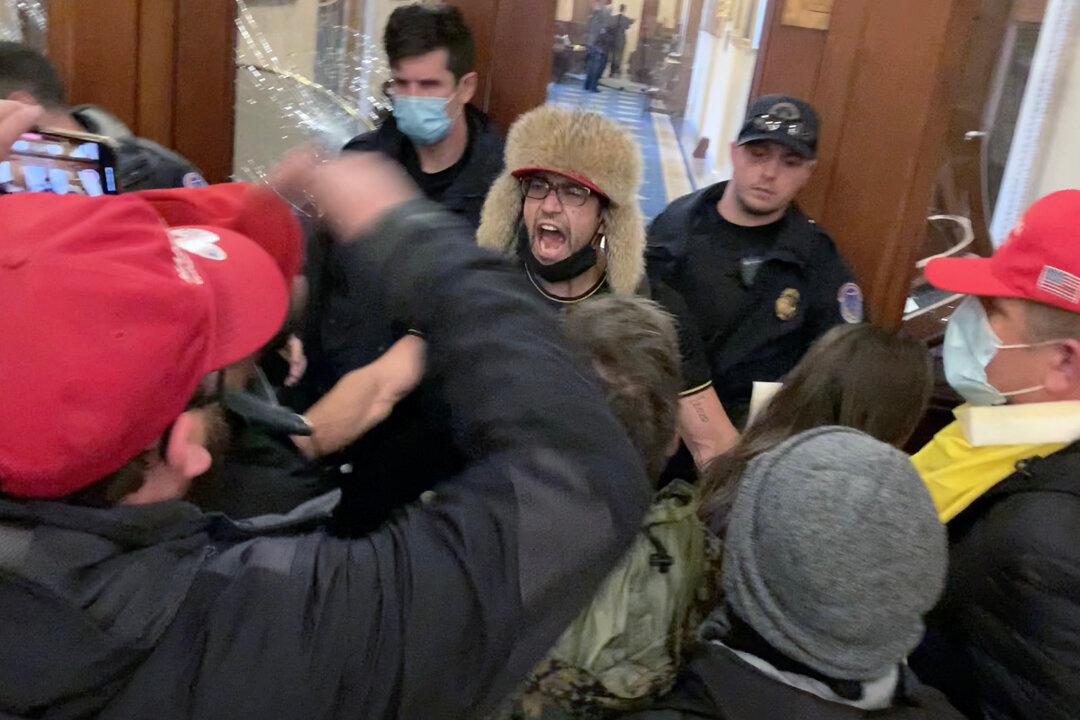Ashli Babbitt, the California Air Force veteran fatally shot at the U.S. Capitol on Jan. 6, 2021, was investigated by the FBI for “potential violations” of federal law including felony rioting and civil disorder, new records reveal.
The FBI posted a 69-page PDF document with heavily redacted reports from an investigation of Ms. Babbitt opened on Jan. 14, 2021, more than a week after she died from a single gunshot fired by U.S. Capitol Police Lt. Michael Byrd.





